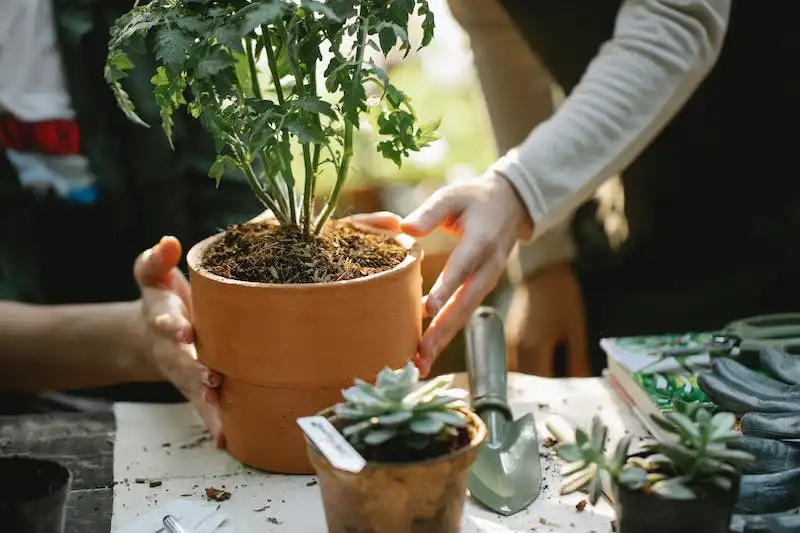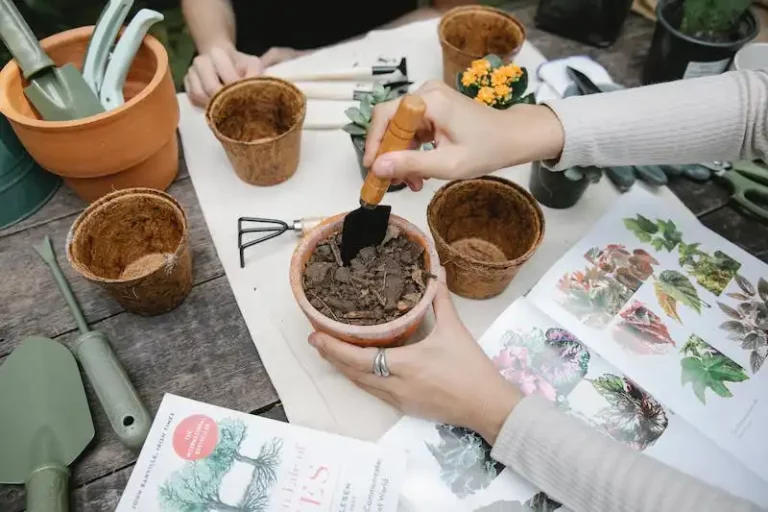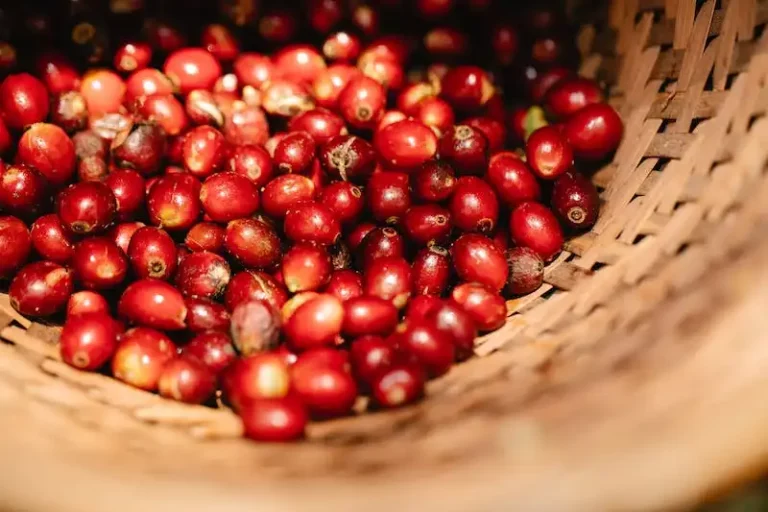Aglaonema Flowers To Cut or Not to Cut: The 1 Simple Truth
When it comes to the Aglaonema plants, some people believe that cutting the flowers is the ideal way to go, while others may think differently. But, what does the expert have to say about it?
Aglaonema, also known as Chinese evergreens, are popular indoor plants that are grown for their beautiful green leaves. These plants thrive in warm, humid environments such as greenhouses or warm rooms. If you’ve ever seen an Aglaonema in bloom, you know that their flowers can be a stunning addition to any space.
But, do Aglaonema plants need to be cut? Well, the answer is not so simple. Some experts believe that cutting the flower stalks can improve the overall health of the plant by redirecting its energy back into leaf production. Others argue against cutting the flowers, stating that they add to the beauty and experience of having an Aglaonema in your home.
So, what is the correct way to care for your Aglaonema? The answer lies in the watering and soil. Aglaonemas are known to be low-maintenance plants that don’t need much attention. They can survive with less water, but if you notice that the leaves are turning yellow or the soil is dry, it’s time to give them a good watering. On the other hand, overwatering can lead to root rot, so be careful not to water too much.
Aglaonemas are also related to another popular indoor plant, the Pictum. These plants share a similar appearance and require similar care. If you are looking to add more green to your space, both Aglaonemas and Pictums can be great choices.
In conclusion, the decision to cut or not to cut the flowers on your Aglaonema ultimately comes down to personal preference. Some people enjoy the flowering experience, while others prefer the clean and green look of the leaves. Whatever you decide, make sure to care for your Aglaonema properly to ensure a healthy and beautiful plant.
Chinese Evergreen Plant – Aglaonema
Although Aglaonemas are known for their low maintenance, it’s important to provide the right environment for them to thrive. They prefer indirect sunlight and should be kept away from direct sunlight, as it can scorch their leaves. A bright room with filtered light is ideal for these plants.
Aglaonemas should be watered regularly, but not excessively. Overwatering can lead to root rot and cause the leaves to turn yellow. It’s best to let the top inch of soil dry out between waterings. You can also use a well-draining potting mix to prevent water from sitting in the roots.
One of the most frequently asked questions about these plants is whether or not to cut the flowers. Aglaonemas do produce flowers, but they’re not particularly showy or long-lasting. If you want to keep your plant looking neat and healthy, it’s recommended to remove the flowers after they fade. This will allow the plant to redirect its energy towards producing new leaves instead.
Aglaonemas are also known for their air-purifying properties. According to a study conducted by NASA, Aglaonema “Maria” can remove toxins such as benzene and formaldehyde from the environment. Having these plants indoors can help improve indoor air quality.
In conclusion, Chinese Evergreen plants, or Aglaonemas, are a popular choice for indoor gardening. They’re easy to care for, they can purify the air, and they come in a variety of beautiful colors and patterns. By providing the right environment and caring for them correctly, these plants can thrive and bring beauty to any room.
Chinese Evergreen Plant Description
The Chinese Evergreen, also known by its scientific name Aglaonema, is a popular houseplant that has become a favorite among indoor gardeners. With its lush foliage and unique patterns, it is not only a beautiful addition to any space, but also fairly easy to care for.
The Chinese Evergreen is native to the warm and humid regions of Asia, and its name “Aglaonema” comes from the Greek words “aglos” meaning bright and “nema” meaning thread, referring to the bright threads that the flowers of some Aglaonema species produce.
One of the reasons why the Chinese Evergreen is so popular is its ability to adapt to various growing conditions. It can thrive in low-light environments and is tolerant of neglect, making it an ideal choice for those who may not have much experience or time to devote to plant care.
The Chinese Evergreen has thick, lance-shaped leaves that are typically green in color, although there are also variegated varieties available with patterns of silver, cream, or pink. The leaves can grow up to a foot long and are usually arranged in an upright, slightly arching form.
Caring for Aglaonemas is quite simple. They require just the right amount of watering – not too much and not too little. It’s important to allow the soil to dry out between waterings to avoid overwatering. Frequent misting can also be beneficial for maintaining the humidity levels they prefer. Additionally, removing any yellowing or rotting leaves will improve the plant’s overall health.
Chinese Evergreens are generally safe for pets, although the sap can cause mild irritation if ingested, so it’s best to keep them out of reach of curious animals. They are not known to produce many flowers, but when they do, they are usually small, white, and inconspicuous.
In conclusion, the Chinese Evergreen, or Aglaonema, is an attractive and low-maintenance plant that can bring a little bit of the orient indoors. Whether you’re a seasoned indoor gardener or a beginner, the Chinese Evergreen is a great choice to add some greenery and style to your home or office.
Foliage
Aglaonema plants, also known as Chinese evergreens, are prized for their beautiful foliage. The leaves of Aglaonemas come in various colors and patterns, making them a popular choice among plant enthusiasts.
Aglaonemas are native to Asia and thrive in warm, humid environments. They can be grown indoors in a warm room with adequate light. When it comes to caring for Aglaonemas, their foliage is the star of the show.
The leaves of Aglaonema plants are long and plump, adding a touch of elegance to any space. They often have unique patterns and hues, such as the Aglaonema pictum with its silver veins. The foliage is what attracts many plant lovers to Aglaonemas in the first place.
So how do you care for Aglaonema foliage? It’s relatively easy! Aglaonemas are low-maintenance plants, making them ideal for beginners. They thrive in well-draining soil and should be watered regularly. However, it’s important not to overwater them, as that can lead to root rot.
Aglaonema plants like to be in a humid environment, so you can increase the humidity around them by placing a tray of water nearby or using a humidifier. This will help keep the foliage healthy and prevent any drying or browning of the leaves.
If you notice any pests or diseases on the foliage, such as spider mites or leaf spot, it’s important to take action immediately. You can use insecticidal soap or a fungicide to protect the plant and prevent further damage.
In conclusion, the foliage of Aglaonema plants is their main attraction. Their beautiful leaves come in a variety of colors and patterns, adding a touch of beauty to any space. Caring for Aglaonema foliage is relatively simple, making them an ideal choice for both beginners and experienced plant lovers alike.
Flowering
Flowering is a feature that many aglaonema plants are known for. Aglaonemas are often sought after for their beautiful blooms and are popular for indoor cultivation. The flowers add a captivating look to the plant, making it an attractive choice for any space.
However, it is important to note that not all aglaonemas flower. Some varieties of aglaonemas do not produce flowers. If you want a flowering aglaonema, it’s best to do some research and choose a variety that is known to bloom.
The flowering process is related to the plant’s care. Aglaonemas need the right conditions and care to encourage blooming. Proper care includes providing the right amount of water, light, and nutrients. The plant’s stalks will form blooms in response to these favorable conditions.
For beginners, it’s important to know that the flowering period can be quite different for each variety of aglaonema. Some aglaonemas bloom more frequently, while others may only bloom once a year. Similarly, some varieties may flower for a longer period, while others have a shorter blooming time.
One simple truth about flowering aglaonemas is that proper care is essential for the plant to bloom correctly. Without these ideal conditions, the bloom may be less likely to occur or might not appear at all.
To improve your chances of the plant flowering, provide the aglaonema with a warm and well-lit environment. Aglaonemas need bright, indirect sunlight to thrive and promote flower growth.
If correctly cared for, the blooms will appear on a stem attached to the plant. To encourage more blooms, you can manually cut the stems once the flowers have faded. This removal of spent bloom stalks allows the plant to redirect energy and resources toward new growth and potential flower production.
Expert aglaonema growers recommend cutting the flower stalks close to the base of the plant, as leaving a stub can increase the chances of rotting. Additionally, cutting the stalks cleanly will provide a neater appearance and prevent potential pest or disease issues.
But what if your aglaonema is not flowering? Don’t worry, it doesn’t necessarily mean that there is something wrong with your plant. Some aglaonemas may take longer to form blooms, especially if they are still young or have experienced environmental changes.
When it comes to flowering, there are a few frequently asked questions. A common question is, “Should I cut the flowers once they are done blooming?” The answer is yes, you can remove the faded flowers to keep the plant looking tidy. However, if you prefer to show off the green berries that form after the flowers, you can leave them on the plant.
In conclusion, flowering aglaonemas can add a touch of beauty to any space. With the right care and environment, aglaonemas can produce stunning blooms that enhance their overall appearance. So, if you want to enjoy the beauty of flowering aglaonemas, make sure to provide them with the proper care and conditions they need to thrive.




